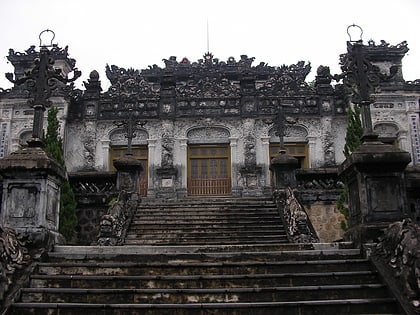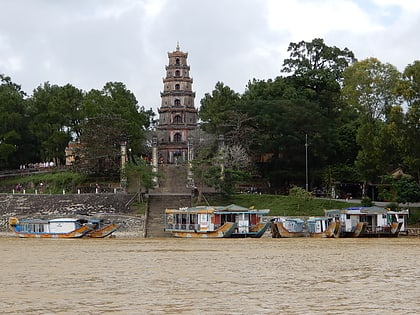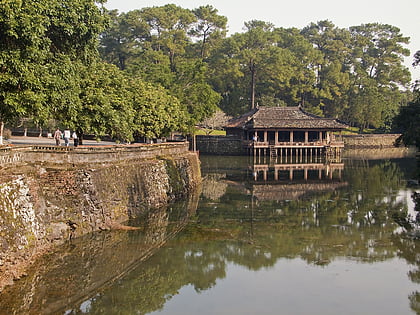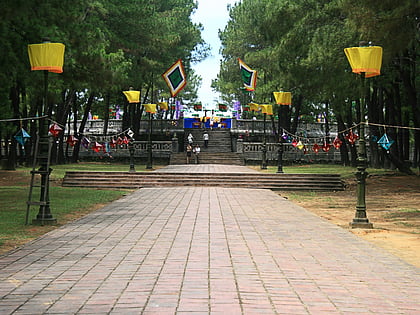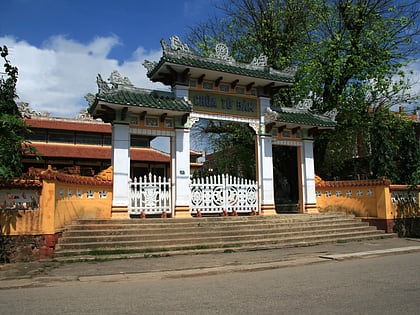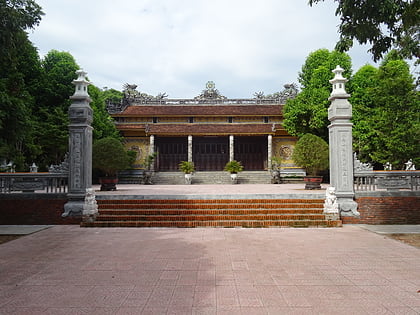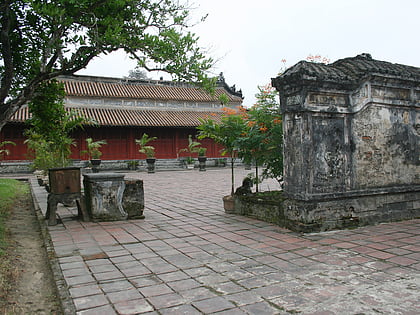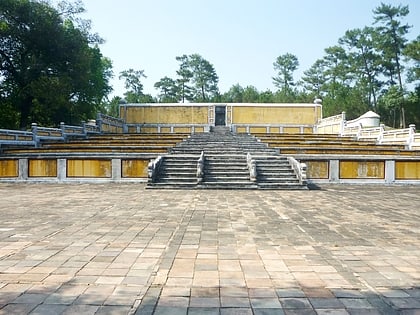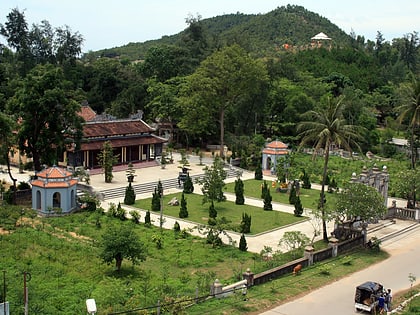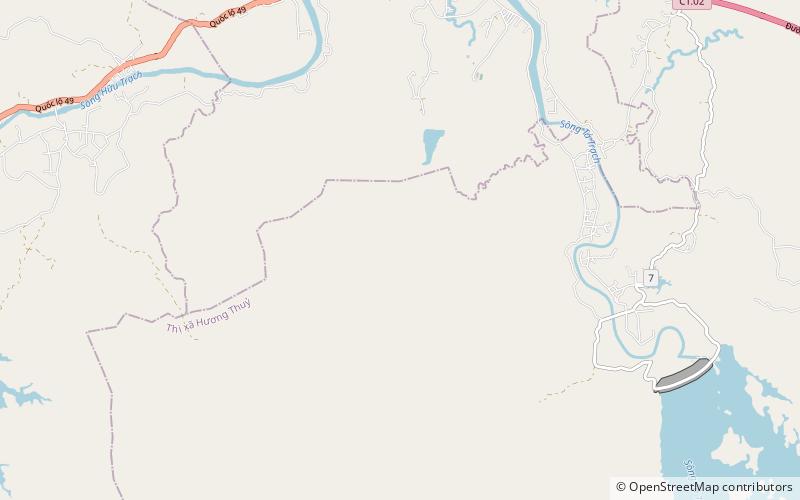Tomb of Khải Định, Hue
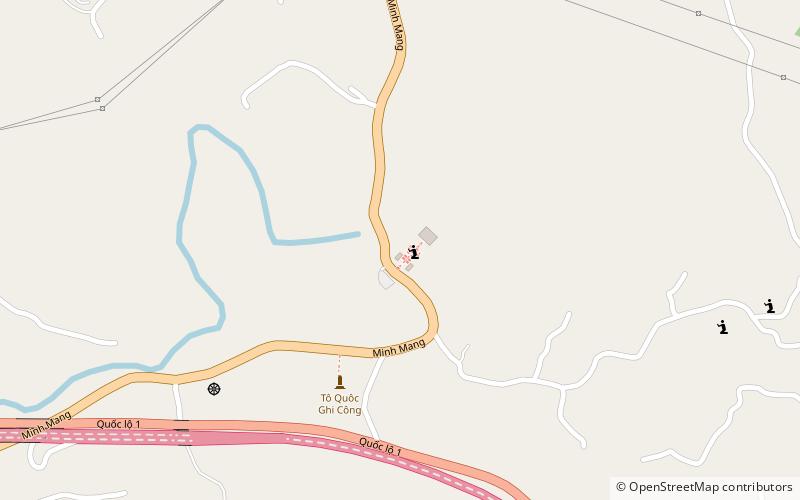
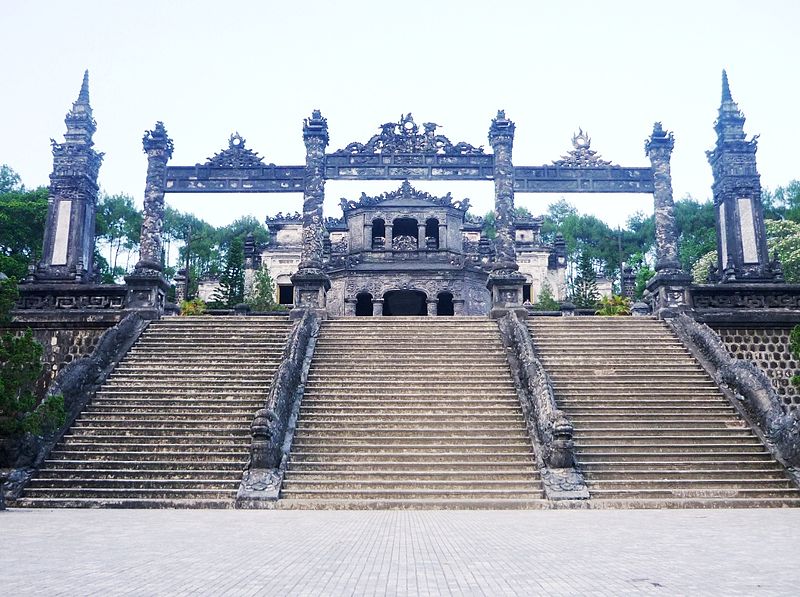
Facts and practical information
The Tomb of Khải Định stands as a unique testament to the architectural blend that characterizes the later historical era of Vietnam. Located in the city of Hue, this tomb transcends the traditional bounds of Vietnamese design, incorporating elements from both Eastern and Western aesthetics. The tomb, which took 11 years to construct from 1920 to 1931, is the final resting place of Emperor Khải Định, the twelfth emperor of the Nguyễn Dynasty.
Unlike the sprawling, verdant gardens of other royal tombs in Hue, the Tomb of Khải Định is perched on the slope of Chau Chu mountain, giving it an imposing presence. The structure is a fusion of Vietnamese and French architectural styles, reflecting the colonial history of the country and the emperor's own proclivities towards Western tastes. The complex is dominated by the Thien Dinh Palace, which houses the main ceremonial area and the emperor's sepulcher.
Visitors are greeted by a series of imposing stone steps leading up to the main gate, flanked by statues and mandarins. The palace's interior is adorned with intricate glass and porcelain decorations, crafting a stunning visual spectacle. The ceiling is painted with nine intricate dragons, embodying the royal symbol of the emperor, amidst clouds. The tomb's centerpiece is the emperor's intricately designed sarcophagus, which sits atop a pedestal in the main hall.
The Tomb of Khải Định is often regarded as a stark contrast to the more traditional and harmonious tombs of Hue's imperial past, representing a time of changing values and aesthetics. Despite its smaller scale, the tomb's elaborate ornamentation and distinctive design make it one of the most remarkable sites in the region.
Đường Minh MạngHue
Tomb of Khải Định – popular in the area (distance from the attraction)
Nearby attractions include: Thien Mu Pagoda, Tomb of Tu Duc, Nam Giao, Từ Đàm Pagoda.
